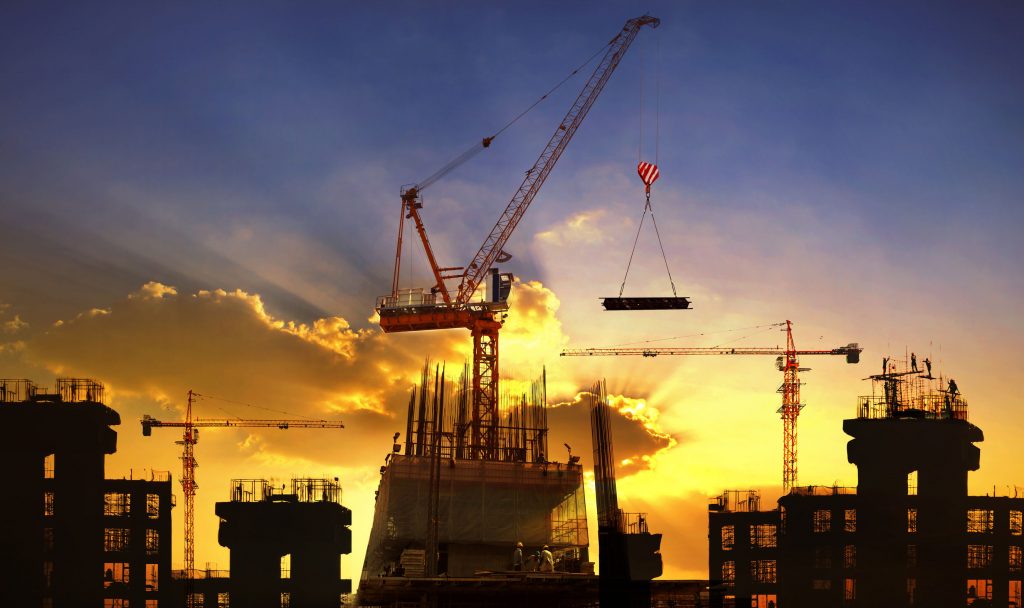New Zealand’s construction industry boom is giving companies in the sector an opportunity to take on more projects than ever before, a recruitment expert says

According to the 2017 report Future demand for construction workers released by the Ministry of Business, Innovation and Employment (MBIE), construction investment growth is set to peak in 2020 and increase the requirements for construction-related occupations until at least the end of 2022.
This means employers are facing an increasing skills shortage and having to alter the ways they recruit and retain the best staff.
“The majority of businesses within commercial or residential construction now have the opportunity to grow,” says Callum Massie, Property and Construction Manager at Michael Page New Zealand.
“The issue stopping them is purely down to being able to get the right staff members to take on those projects and deliver a good quality of work.”
In-demand skills
The MBIE report says overall construction staff demand in New Zealand will increase 11% by 2022, to require around 56,000 new employees.
Approximately half of that demand will centre on Auckland’s construction industry
Occupations facing the largest demand around the country include plumbers, electricians and civil engineering professionals.
Auckland in particular will also see growth in the requirements for project builders and carpenters and joiners.
Massie says every area of construction is now in what he considers a skills shortage, making it a challenge to recruit for any company or project.
“There’s no area where there’s an abundance of staff,” he says.
“From labour to carpenters to subcontractors such as plumbers or electricians, right through to site-based staff like site managers and supervisors, quantity surveyors, project managers and site engineers.
“Every single area of every project is very difficult to recruit, making it hard for people to fill up their business with top-notch people.
Global recruitment drive
The numbers of construction workers required over the next few years far outstrips local supply.
Despite government initiatives to encourage construction apprenticeships, and record numbers of current apprentices, many more people will be needed to meet the growing demand.
Massie says, “We do look to Australia, which is fairly obviously close by and has a similar way of building, but we do a lot of work with attracting people from South Africa and the UK as well, and we have also sourced candidates from the United States.”
It can be challenging for companies who haven’t employed overseas workers previously to consider recruiting this way, according to Massie. “For a lot of companies, their first choice in any situation would be to get a Kiwi employee,” he says.
“The reason for that is they’ll have local networks, with an understanding of the contractors, suppliers or subcontractors for the project, but also an understanding of New Zealand building regulations.”
Staff retention key issue
More job opportunities mean it’s not uncommon for staff to be enticed elsewhere to take advantage of promotions and better pay or conditions.
“Retention is probably one of the biggest focuses any [construction]employer has at the moment.
“People are moving much more frequently than they have done in the past, and that’s because it’s so competitive a lot of employers are looking to attract people from other businesses who are already trained up in a similar method of construction.”



